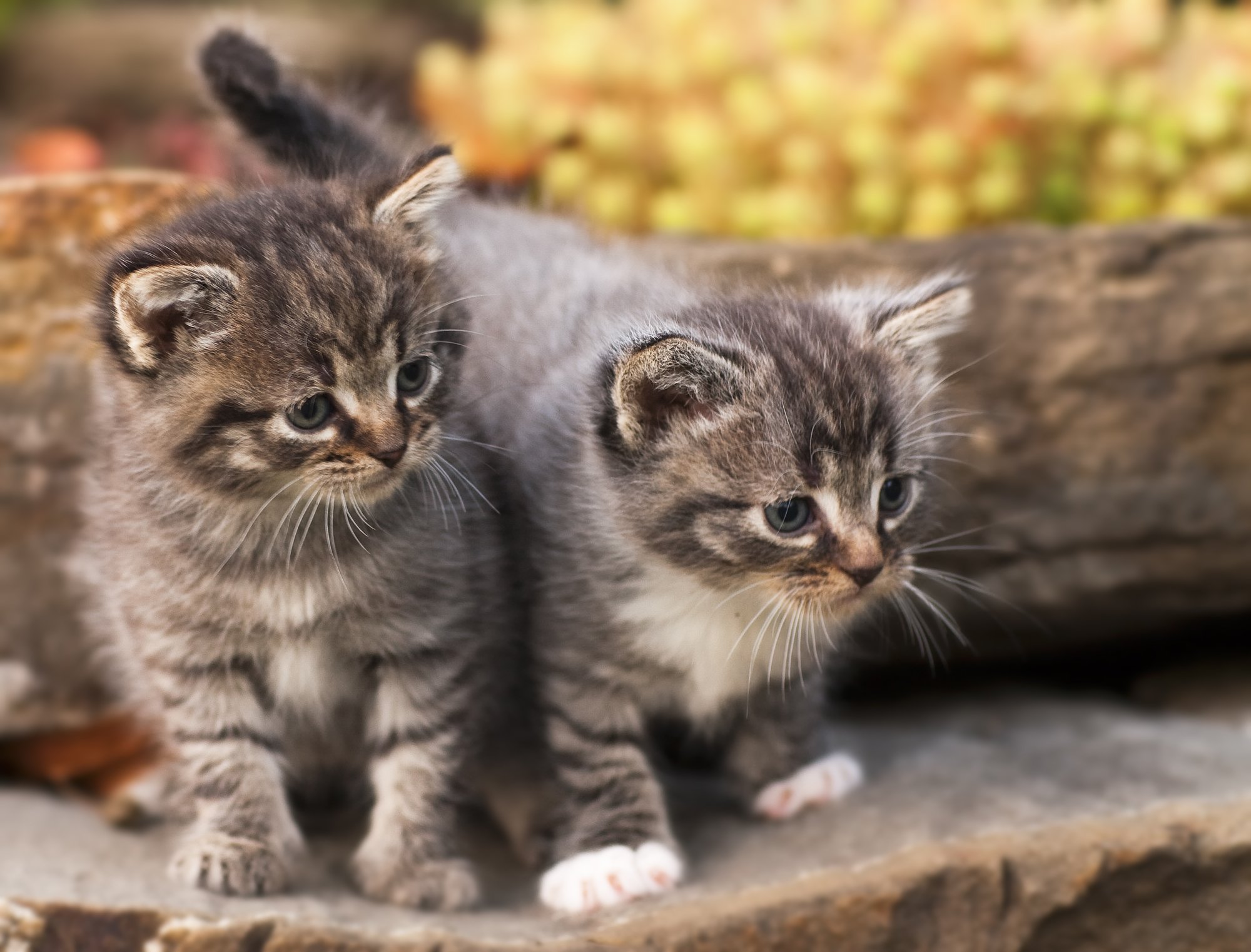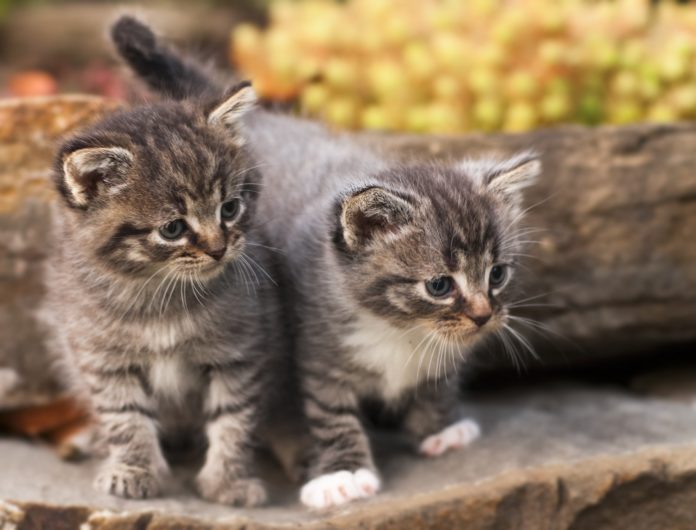Milous | DepositPhotos

Normally your cat is an amazing athlete. She can do flips and land right side up, even after a tumble from a tree or window, and can leap from floor to countertop in just one bound. But when vestibular problems strike, that same cat walks like the proverbial drunken sailor.
Her head may be tilted to one side. She may move in circles, even getting stuck in corners. A close look might reveal her eyes showing nystagmus, which is a rapid side-to-side movement. For the first 24 to 48 hours, your cat may roll or even appear unable to move at all. Generally, the rolling is under control quickly, though other signs take longer to resolve.
Think how you feel when you are dizzy. The world seems to be tilting, you feel a bit nauseous, and you may be afraid to even try to move. That is how your cat likely feels when she has vestibular syndrome.
Cause Unknown
Vestibular signs can be related to problems in one of two different areas. One is the inner ear where fluid levels in the cochlea signal where your cat’s body should be in relation to the ground. The other area is the medulla, which is a part of the brain. The two systems work together to help your cat orient properly.
Marnie FitzMaurice, VMD, PhD, Lecturer and Director of Veterinary Curriculum at Cornell University’s College of Veterinary Medicine and a former consultant at the Cornell Feline Health Center, says, “The vestibular apparatus tells your cat whether her head is motionless or moving and, if the head is moving, which way it is moving. A cat’s sense of balance is normally maintained because the system also compensates for changes in position. If your cat turns one way or another, a signal is automatically sent to the muscles on one side of her body to adjust for the change in position, thus preventing her from tipping over.”
Vestibular problems can show up in cats of any age and both males and females can be affected. Siamese, Tonkinese, Burmese, and Persian kittens may be born with a vestibular condition and owners may notice a lot of rolling and poor movement in affected kittens. This problem usually will not improve. Although it is not believed to be painful, it may result in a poor quality of life for the cat.
For healthy young adult cats, many veterinarians report an increase in vestibular problems in July and August, which suggests an environmental influence. So far, no cause has been identified, though insect activity at the time and blooming plants have all been considered. The migration of Cuterebra larvae has been considered a possible cause (see sidebar).
Cats of any age may develop an inner or middle ear infection. Bacteria, yeast, or ear mites can all cause an ear infection, with resulting inflammation that can upset the delicate vestibular apparatus. Nasopharyngeal polyps (see February 2018 issue, available at catwatchnewsletter.com) can also put pressure on nerves in the area and cause some vestibular signs.
Head trauma, such as may occur when a cat is hit by a car, can damage sensitive tissues. This may lead to some permanent damage, such as a residual head tilt. Luckily, most cats adjust to such a defect. Some medications, such as the aminoglycoside class of antibiotics, can also cause vestibular signs in cats.
In older cats, cancer must be considered. If the vestibular signs are due to a growth, they won’t resolve with just symptomatic care. The cancer will commonly continue to push on the brain centers for balance or on the inner ear.
Diagnosis and Treatment
Diagnosing a vestibular problem is often a case of “rule outs.” A careful history is taken. Your veterinarian will do a thorough physical examination, looking for any sign of ear infection. He or she will check for the presence of a nasopharyngeal polyp (this procedure may require sedation). Your cat will receive a neurologic exam that looks for other deficits that might narrow down the cause of the balance problem. An MRI or CT scan may be recommended to look for any brain malignancy. Most cases end up being classified as “idiopathic,” which means of unknown cause.
Treatment for a cat with idiopathic vestibular signs is mostly supportive care. An obvious cause such as an ear infection should be treated as needed, of course. Your cat may need some anti-nausea medications so she can eat and to limit vomiting. She may require subcutaneous or intravenous fluids to maintain hydration. You’ll need to set up an area to confine her so she doesn’t get hurt when she moves around.
Luckily, most vestibular problems are temporary. While it may take two weeks or more, most cats fully recover from their illness. A few may be left with a residual head tilt. Most cats adapt well and generally go back to full activity, even if they are looking at the world a bit differently.




